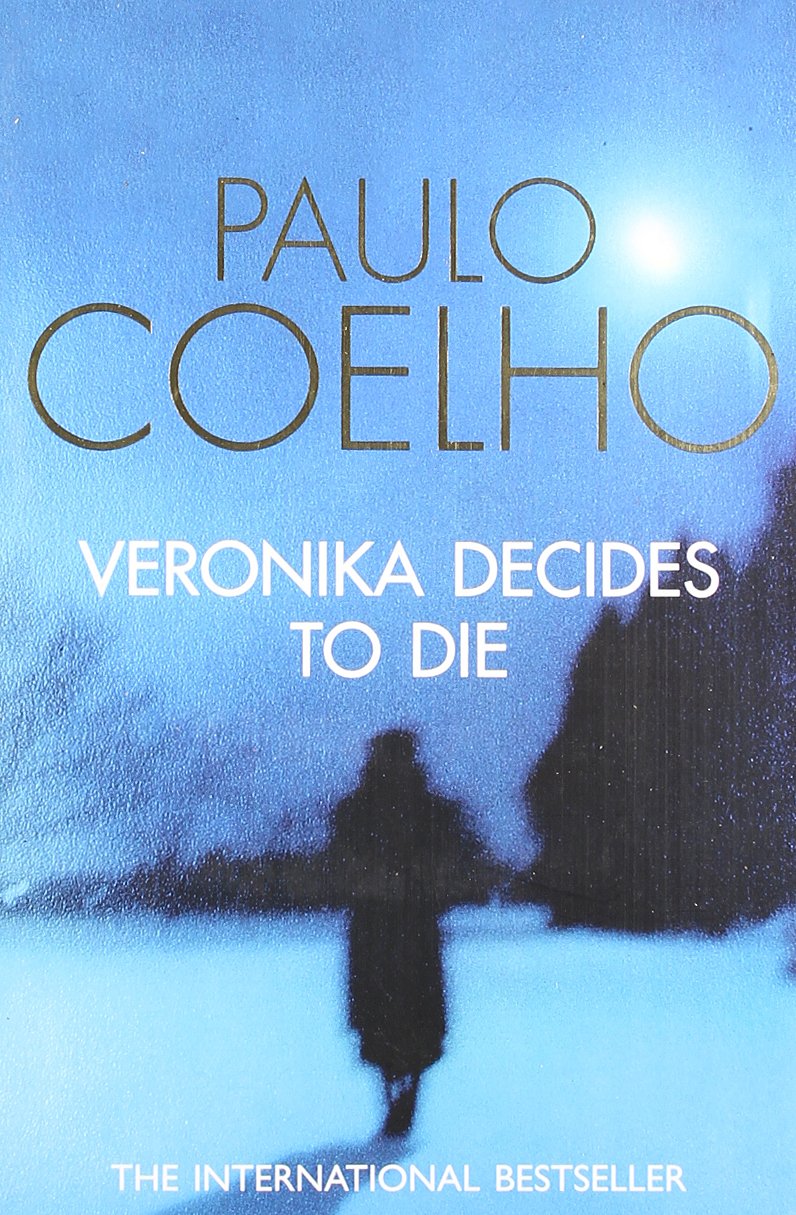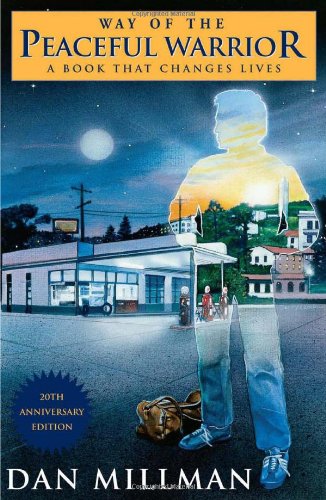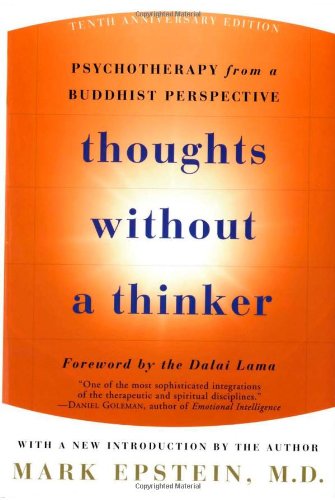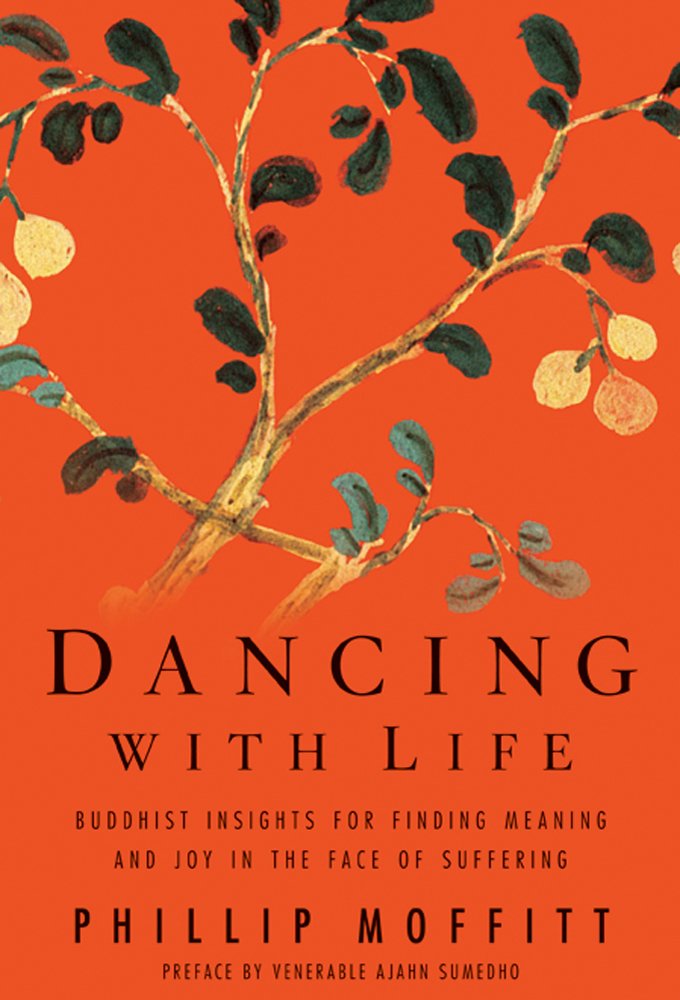
Continuing the ‘five things’ theme that I started last week, in this post I wanted to share five books that have touched me and changed my way of thinking. I wouldn’t say these are my ‘top five’ reads ever, but more ones that have triggered a way of thinking or have shifted my life in some way. For each book, I provide you with a link – so that you can find out a little more about the text and the author.
Veronika decides to die

I read this book, a novel by Paulo Coelho, back in 2005. I was working with a life coach, Julia, at the time and she had a bookcase with several books by Coelho and I grew intrigued. When I shared this curiosity with a friend at the time, she told me she too had read much of Coelho’s work – was I the only person who hadn’t heard of him? My friend suggested I took a look at “Veronica decides to die”, and I was blown away.
Why? Because the novel is a story of a young woman who learns to live a life without worrying what others think of her. In Veronika’s case, her freedom is found because she is a mental patient in a hospital; for me, it started a cascade of thoughts about my own life and the first steps in daring to allow myself to experience life as I had never dared before. It was also a book that had me first question what is sanity anyway.
It also has a place in my heart because the friend who suggested I read this later became my partner…and in 2018, we are to marry.
Way of the peaceful warrior

Like “Veronika”, “The way of the peaceful warrior” introduced me to the work of another spiritual guide – Dan Millman. The central premise of thebook is the importance of living in the present moment. Perhaps it resonated with me ever more strongly because the central character in the book, the author Dan, is a gymnast. As a competitive cyclist, this book helped me develop a softer approach to my training and racing – specifically, to work with my inner “push dynamic”, slow down and know the time to resist and the time to not resist.
It was this work that first introduced me to ideas from Buddhism, although I didn’t appreciate this back in 2006! In a closing chapter of the book, the story describes Dan at a competition, where 3 questions form his mentor (Socrates) come to mind: “Where are you, Dan?” “Here.” “What time is it?” “Now.” “What are You?” “This Moment.” Dan then performs his triple consecutive flips, and the judges staring at him in amazement. A moment of “flow” that became the focus for my race performances rather than time or ranking.
Cutting through spiritual materialism
 In the autumn of 2009, I came across an organisation based in the US, The Interdependence Project. At the time, I was exploring Buddhism off the back of my developing meditation practice – “IDP” appealed to me as it was a secular-based centre that provided a range of online courses allowing me to explore and study at my own pace. One of the first courses I studied with teacher Ethan Nichtern mentioned this idea of spiritual materialism – so I followed up with the book.
In the autumn of 2009, I came across an organisation based in the US, The Interdependence Project. At the time, I was exploring Buddhism off the back of my developing meditation practice – “IDP” appealed to me as it was a secular-based centre that provided a range of online courses allowing me to explore and study at my own pace. One of the first courses I studied with teacher Ethan Nichtern mentioned this idea of spiritual materialism – so I followed up with the book.
The book, by Tibetan meditation master Chogyam Trungpa Rincpoche, describes a common pitfall on the spiritual path – the tendency to see spirituality as a process of self-improvement, or as CTR says “The problem is that ego can convert anything to its own use,” he said, “even spirituality.” This made me sit up, as indeed I had found meditation when searching for a way to combat my struggles with stress and anxiety – and in there was a not so subtle idea that I needed to “get better” and work hard in order to feel better. In other words, I was in danger of perpetuating my “push dynamic” on this path too.
But what REALLY made me sit up was the connection I found myself making with Chogyam Trungpa. His words jumped off of the page at me, it was if he was writing to me, for me: he read my mind, my situation. Looking back, it felt a very personal dharma. It was this book that encouraged me, with the help of Ethan, to embark on the Shambhala Buddhist path.
Thoughts without a thinker

Two years later, I remember being in London walking through Hyde Park and connecting with a yearning I was experiencing. The Interdependence Project had just advertised its annual meditation teacher training in New York, and although I knew it was impossible, I desperately wanted to attend. A few months later, I boarded a Virgin Atlantic flight to JFK – and on that first trip to study with Ethan and the group / soon to become friends, I had a copy of this book by Mark Epstein.
Epstein is a psychiatrist, trained in psychoanalysis with a special interest in the work of Donald Winnicott. I appreciated this book for its description and calls for a meditation-inspired psychotherapy (and what a title? One that sets up the idea that thoughts think themselves and yet we take them so personally!) Since this book, I have read all of his works – and his theoretical understanding of the synergies of eastern and western psychologies remains a deep inspiration to me. It was this book that captured me though – as in early 2012, not only was I about to embark on the IDP teacher training, I was finishing off a course in “counselling skills”. Here I was, training in both “camps”: Buddhism and psychotherapy. This book therefore is like a line in the sand for me.
Dancing with life
 My final selection is Phillip Moffitt’s insightful book that takes the Buddha’s Four Noble Truths teaching and converts these to actual practices. Since engaging in the Buddhist path in 2007, its psychology and philosophy has inspired me to live a life with more meaning, kindness and compassion. Along the way, I have often found myself getting stuck when applying the dharma, when bringing the teachings in to my everyday life. This is one book that has help me make that conversion.
My final selection is Phillip Moffitt’s insightful book that takes the Buddha’s Four Noble Truths teaching and converts these to actual practices. Since engaging in the Buddhist path in 2007, its psychology and philosophy has inspired me to live a life with more meaning, kindness and compassion. Along the way, I have often found myself getting stuck when applying the dharma, when bringing the teachings in to my everyday life. This is one book that has help me make that conversion.
The Buddha presented the Four Noble Truths in the form of the illness (there is suffering); the diagnosis (the cause of suffering is craving); the cure (there can be cessation from suffering); and finally, the medicine (the path to cessation, a series of practices known as the Eightfold Path). Many writers like Moffitt prefer an alternative presentation (Stephen Batchelor, a teacher who espouses a secular view of Buddhism, being one) – rather than truths, these can be Four Noble Tasks: 1. fully knowing suffering; 2. letting go of craving; 3. experiencing cessation (of craving); and 4. cultivating the eightfold path. What I valued about Moffitt’s book is how he takes the reader step by step through each Noble Task, and at each one asking for reflection, directly experiencing and the finally knowing – in other words, we can 12 insights in total (3 for each Truth or Task). The book becomes a workbook.
Moffitt notes that the opposite of suffering is not happiness but a relaxed mind that is fully present with whatever is happening in the moment. Through the practice of the 12 insights, I came to know how to meet life without resistance, to meet “what is”, and to dance with life…I’m still practicing those steps, because sometimes I’m asked to tango when all I want to do is disco!
What books do you consider as life changing?

